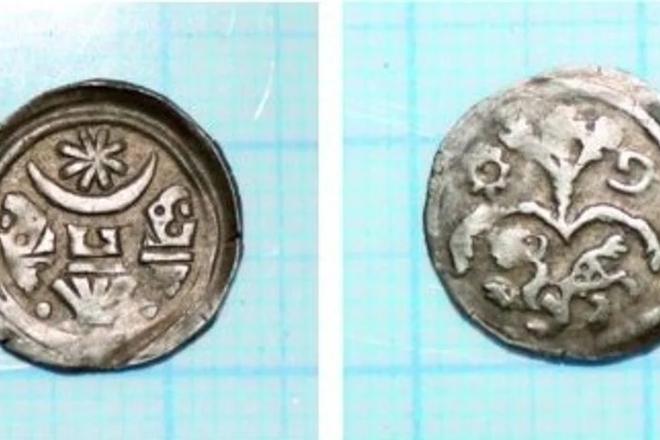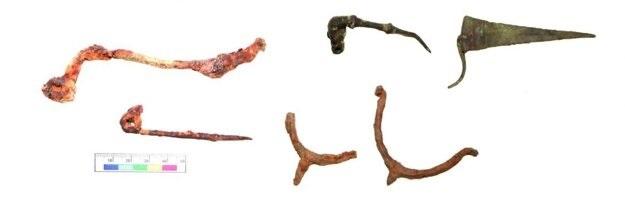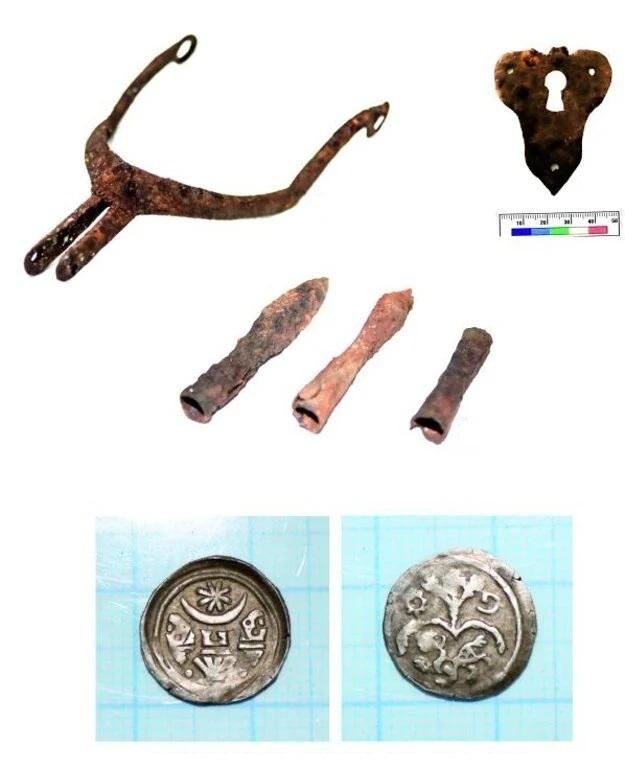Archaeologists have made groundbreaking discoveries at Starhrad, also known as Starý Hrad (Old Castle), near Žilina.
In June, they conducted an excavation on the castle hill's northern slope. This rocky cliff, towering above the Váh River, has long been suspected of prehistoric habitation. Recent findings may reshape our understanding of the site's ancient history, writes the My Žilina website.
In June, they examined the northern slope of the castle hill, which in the past showed that this rocky cliff rising above the Váh River meander was probably inhabited in prehistoric times, reports the My Žilina website.
Archaeologists Zuzana Staneková and Marek Both embarked on a systematic investigation of the steep slope, which has an inclination exceeding 45 degrees. Using metal detectors, they conducted their research in several stages.
As reported by Považské múzeum (Museum of Považie Region) in Žilina, during the June archaeological research, a number of finds from the Middle Ages, as well as from prehistoric times, were discovered from when there was a Púchov culture settlement on the hill, undoubtedly guarding the waterway and the ford beneath.
Among the most interesting finds were spurs and iron, bronze brooches for the fastening of clothing. The mediaeval phase of the settlement is represented by finds comprising arrowheads for crossbows, horseshoes, a spur, a buckle from a spur, construction fittings and the like.
The most significant find is a silver coin of the Hungarian king Andrew II from the years 1205-1235. The minting date of this coin precedes by several decades the hitherto assumed date when the castle was built, dated to the end of the 13th century. The discovery of the coin from the beginning of the 13th century indicates that the castle was probably built before the Mongol invasion of Hungary, which took place in 1241-1242.
After conservation, the finds will be exhibited in the archaeological exhibition dedicated to fortifications, on display in Budatín Castle in Žilina.


 Silver coin of the Hungarian King Andrew II. (source: Museum of Považie Region (PMZA))
Silver coin of the Hungarian King Andrew II. (source: Museum of Považie Region (PMZA))
 Findings: iron brooches (l), bronze brooches (top), spurs (bottom). (source: Museum of Považie Region)
Findings: iron brooches (l), bronze brooches (top), spurs (bottom). (source: Museum of Považie Region)
 Some of the finds: door fittings and crossbow arrowheads, coins. (source: Museum of Považie Region)
Some of the finds: door fittings and crossbow arrowheads, coins. (source: Museum of Považie Region)